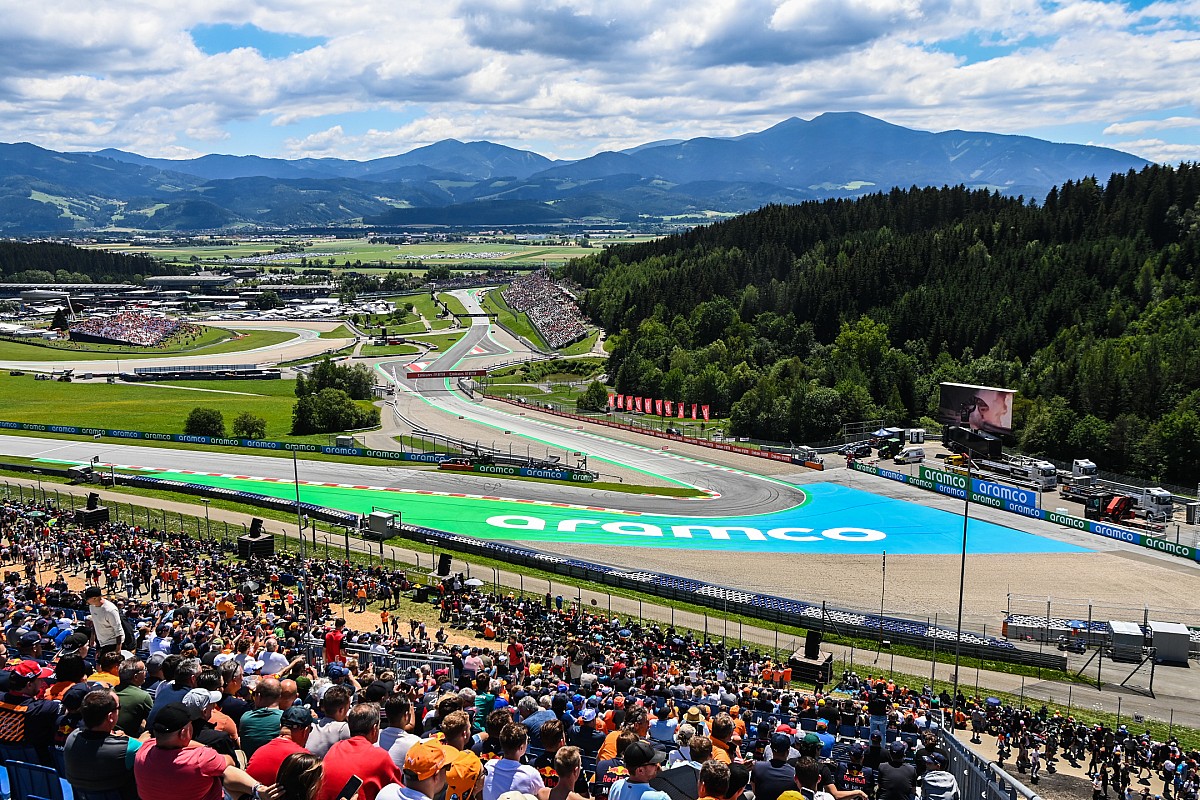A bit off-topic, but I thought it was worth a mention :)
Super cool idea (I don’t think it’s off-topic at all!). I like how they’re doing a blend of vegetable oil and solar as well. Ideally it would be fully carbon free but I can’t imagine the logistics of traveling with enough solar/wind/etc to power everything. Ideally to get certification all of these tracks will be required to provide 100% carbon free energy to the paddock in the future. That way they can do bigger permanent installations (or just source carbon free energy from the local electric utility)
I’m also betting that trialing this is a way to strong arm circuits into compliance with a “see? We can do it and travel”. Street courses may remain a challenge, bit they likely also have a better grid to pull from than some remote facilities.
Yeah that was kinda my thought too. Have the purpose-built race tracks build their own clean power generation, and have the street courses contract with their electricity provider to provide clean energy
As part of the championship’s push to be net carbon zero by 2030, F1’s chiefs have been looking at areas where more sustainable solutions can be introduced.
One idea, which is now being rolled out at the Red Bull Ring this weekend, is a central power generation farm that it is hoped can cut emissions by around 90%.
The farm, which will be located at the inside of the final corner, will deliver power to the paddock, garages and pitlane – including the pit wall, timing rooms and the main broadcast centre.
It is to be powered by sustainable sources, including hydrotreated vegetable oil (HVO) biofuel and 600 square metres of solar panels.
F1’s logistics director Ian Stone said: “We’re going to be powering everybody from a single sustainable power station.
“The aim here is to basically stop the teams being dependent on generators. They all bring their own equipment, and they all fuel their own generators because the local infrastructure doesn’t support them on demand.
“So we’ve physically put this generator farm in place, and will run a very complex power distribution network to all of the key points so that the teams can plug in - whether it be for their trucks or their motorhomes.”
A scenic view of the Red Bull Ring, a spectator bankA scenic view of the Red Bull Ring, a spectator bank
Photo by: Mark Sutton / Motorsport Images
Calculations of the carbon emissions savings that can be made from the farm are quite dramatic, according to Stone.
“Our estimation is that in 2022, there were around 200 tonnes of CO2 produced [at the Austrian Grand Prix],” he explained. “We’re looking at, subject to receiving that data, to reduce that to around 10 tonnes of CO2.”
The use of the power station in Austria is a one-off for now, but F1 wants to analyse its impact and the data from the weekend to see if it can be rolled out at future events.
Ellen Jones, Head of ESG (Environmental, Social and Governance) at F1, added: “Formula 1’s approach to driving innovation that creates meaningful impact and influence on the wider world goes beyond hybrid engines and sustainable fuels.
“This approach drives everything we do, including how we run our own operations, and the trial in Austria is the latest example of this, demonstrating the commitment from Formula 1 and key stakeholders to develop new ways of working.
“Using the latest technology and innovations, we’re continuing to explore new opportunities to deliver events in a more sustainable way to reduce our carbon footprint.”


